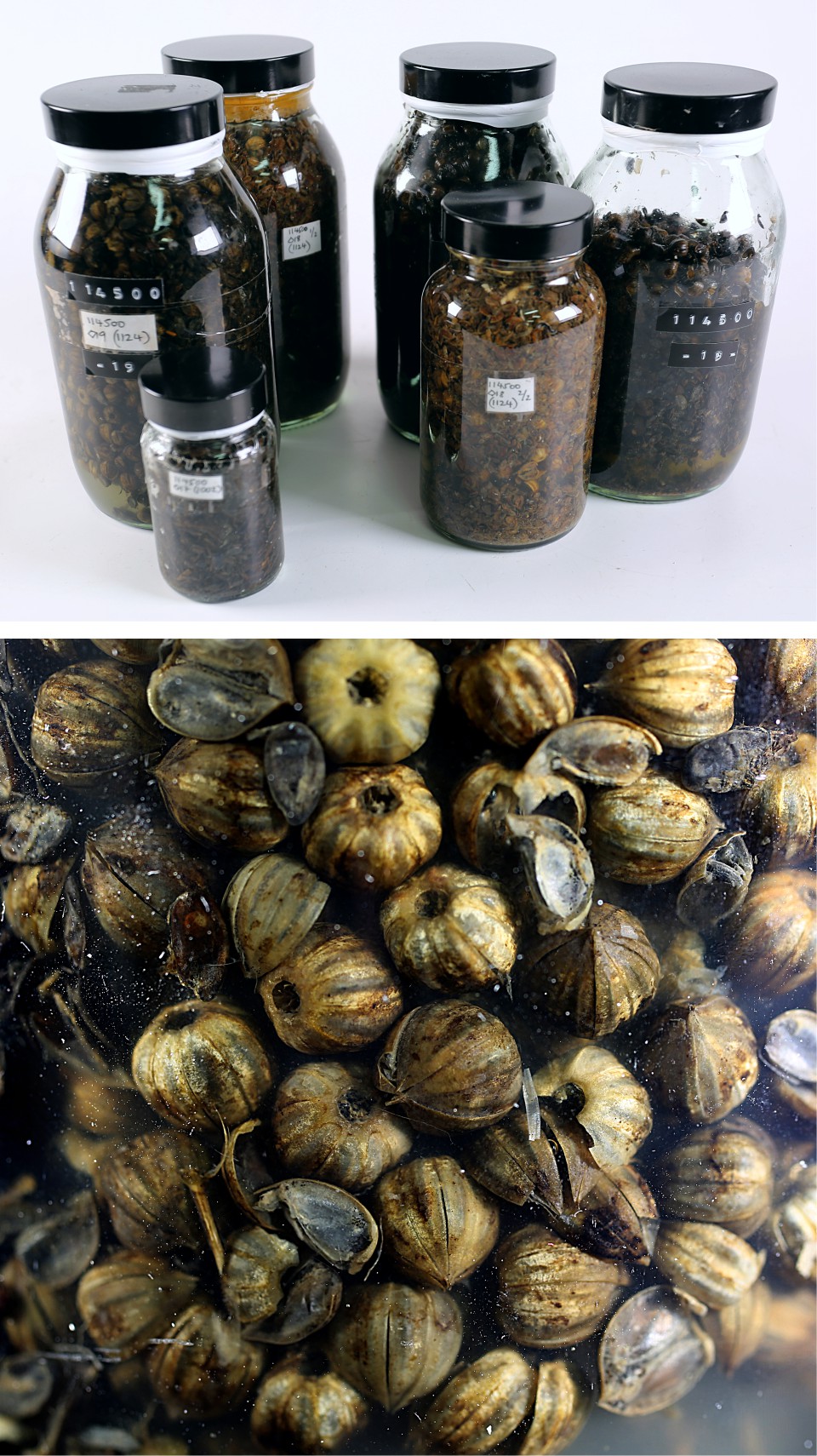
This huge quantity of flax capsules and stem debris has been recovered from an Iron Age ring gully near Doncaster, and are thought to be the by-products of flax retting.
Flax – Linum usitatissimum – is a plant first brought into cultivation during the Neolithic in Europe and south-west Asia, and for which two main uses have been recorded in archaeological, historical and ethnographical sources.
First came the use of linseed and linseed oil for cooking, of which we have abundant evidence since the Neolithic in many sites across Britain and the rest of Europe. Later came the use of fibres for textile production.
Before they can be used for textile production, flax fibres need to be extracted through a process called ‘retting’, which consists of soaking the flax stems until they partially break down and the fibres can be extracted. This is known to have been done in features such as pits, ditches and even river channels. There is archaeological evidence for that process in Late Bronze Age/Early Iron Age sites in Denmark but little evidence exists in Britain until the Saxon and medieval periods. Most archaeobotanical evidence in Europe is preserved in a carbonised state, because organic matter does not usually survive in archaeological sites unless there are special conditions such as waterlogging, freezing, desiccation or mineral replacement (as in latrines). For that reason, only in very few occasions we can recover evidence from activities unrelated to the use of fire, such as the extraction of fibres for textile production.
This is a really exceptional piece of evidence and we are thrilled about having the opportunity to study these lovely waterlogged samples.